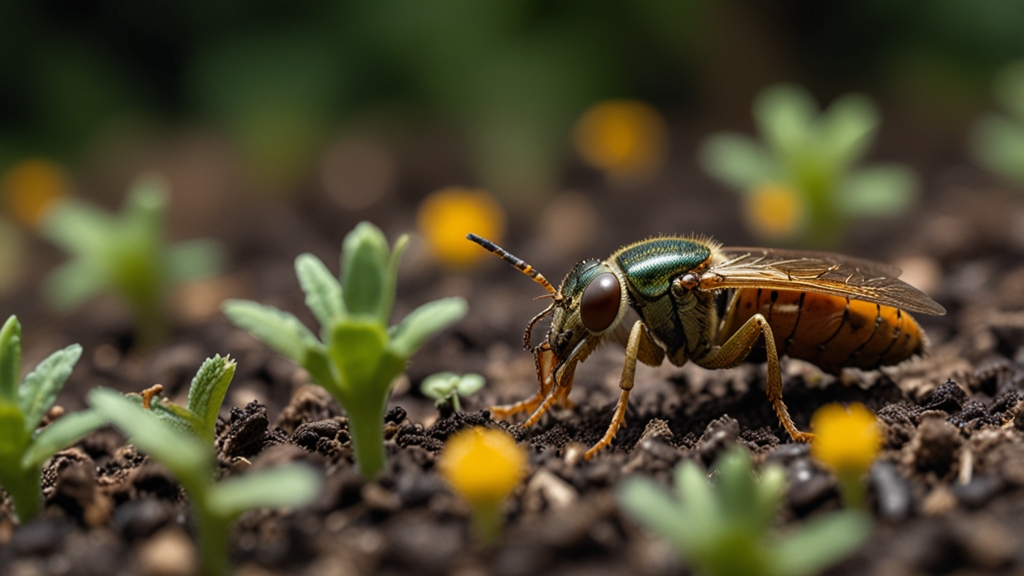Unmasking the Mummy: The Science Behind Preserving Ancient Remains
The allure of mummies has fascinated humanity for centuries, not only as glimpses into ancient civilizations but also as remarkable testaments to the science of preservation. The practice of mummification reveals much about the beliefs, practices, and advancements of ancient cultures, particularly in Egypt. But what exactly goes into preserving these ancient remains? The science and techniques behind mummification are both intricate and fascinating.
The Origins of Mummification
Mummification, initially the purview of Egyptian elites, became more widespread over time. The process involved several religious and practical steps aimed at preparing the deceased for the afterlife. Essential to this practice was the belief that maintaining the body's integrity was crucial for the soul's journey. This necessitated techniques that would prevent the decay of the flesh over millennia.
Scientific Methods and Techniques
The process of mummification required a meticulous combination of chemical, environmental, and physical methods. Key among these were:
Desiccation
Dehydration was critical to arrest the decomposition process. The body was desiccated using natron, a naturally occurring salt mixture. This effectively removed moisture, the primary catalyst for decay. Excessive fluid was drawn out, thereby preserving the cells and tissues.
Embalming Fluids
Resins and oils played a substantial role in the preservation process. Ancient embalmers used these materials to coat the body, which provided antibacterial properties to protect against microbial degradation. Some studies have uncovered complex mixtures that included plant extracts and tar.
“The use of resins and oils wasn't just about preservation. These substances also held symbolic and ritualistic significance, reflecting the Egyptians' intricate belief system.”
Wrapping Techniques
Following dehydration and embalming, the body was carefully wrapped in linen. These wrappings not only helped maintain the body's shape but also shielded it from environmental factors. Modern imaging technologies like CT scans have revealed intricate wrapping patterns that might signify social status or symbolic meanings.
Modern Science Unveiling Ancient Mysteries
Today, modern science has made it possible to delve deeper into the secrets of mummification. Techniques such as radiocarbon dating, DNA analysis, and advanced imaging have opened new doors. For instance, CT scans allow researchers to study mummies without unwinding their precious wrappings. These methods have not only confirmed ancient techniques but have also revealed new information about diets, diseases, and causes of death.
“CT scans have revolutionized our understanding of mummies, providing non-invasive ways to study their internal structures and even recreate their faces.”
Pioneering Discoveries and Ongoing Research
The study of mummification doesn’t end with understanding ancient methods. Ongoing research focuses on improving our preservation techniques for modern specimens. Analogous methods are employed in cryonics and forensic science. Furthermore, ethical considerations have become paramount; researchers must navigate the fine line between scientific inquiry and respect for the deceased.
The Broader Implications
Mummification's science extends beyond mere preservation. It represents a profound intersection of culture, religion, and scientific achievement. By studying mummification, we gain insights into ancient worldviews, technological prowess, and the universality of mortality.
The convergence of ancient practices and modern science in studying mummies not only honors these relics of the past but also enhances our understanding of human history and the shared human drive to seek immortality through preservation.







